: Key Concepts and Tools
Linux is an open-source operating system that is widely used in a variety of devices, including servers, desktops, and mobile devices. The Linux kernel is the core of this operating system, providing essential services, including memory management, process scheng, and device drivers. Understanding the Linux kernel is crucial for developers, system administrators, and computer science students. In this article, we will explore key concepts and tools for deepening your understanding of the Linux kernel.
Fundamental Concepts
Process Management
The Linux kernel manages processes, which are running instances of a program. The kernel schedules processes in a way that ensures fr allocation of CPU time and responsiveness to user requests. The kernel also provides inter-process communication mechanis, such as pipes and signals.
Memory Management
The Linux kernel manages memory in a hierarchical system, where each process has its own virtual address space. The kernel uses paging and Swapping to manage memory efficiently, and it also provides mechanis for memory sharing and allocation.
Device Drivers
The Linux kernel provides device drivers for managing hardware devices, such as printers, network interfaces, and storage devices. These device drivers abstract hardware-specific detls, providing a uniform interface for applications to interact with these devices.
Filesystems
The Linux kernel provides a virtual filesystem layer that abstracts physical storage devices and provides a uniform interface for accessing files and directories. The kernel supports multiple filesystem types, such as ext4, btrfs, and xfs.
Tools for Understanding the Linux Kernel
Kernel Logs
The kernel logs provide a wealth of information about the system, including detls about hardware devices, processes, and kernel modules. The logs can be accessed using the dmesg command, and they are also stored in the system log files, such as /var/log/syslog.
Kernel Configuration
The Linux kernel can be customized by changing its configuration settings. The configuration options are stored in the .config file in the kernel source directory. The make menuconfig command provides a graphical interface for modifying kernel configuration options.
Kernel Debugging
Debugging the Linux kernel can be a challenging task, but there are several useful tools avlable for this purpose. The printk function can be used to print debug messages to the kernel logs, and the kdump utility can be used to capture a kernel crash dump for offline ysis.
System Tap is a Powerful tool for tracing system-level events in the Linux kernel. It provides a scripting interface for creating custom probes that can capture information about processes, devices, and system calls. System Tap scripts can be used for performance ysis, debugging, and system monitoring.
Conclusion
Understanding the Linux kernel is essential for developers and system administrators who work with Linux-based systems. In this article, we have explored key concepts and tools for deepening your understanding of the Linux kernel. By learning about process management, memory management, device drivers, and filesystems, you will gn a better understanding of how the Linux operating system works. Additionally, tools such as kernel logs, kernel configuration, kernel debugging, and System Tap can help you diagnose and troubleshoot issues in the Linux kernel.
相关问题拓展阅读:
linux内核是什么,有啥作用 ,
linux kernel 是linux内核的意思 主要起到完成IO驱动设备管理,TCP/IP,以及伍袜任务调腔败激度枯此
Linux是一种开源
电脑操作系统
内核。它是一个用C语言写成,符合POSIX标准的类Unix操作系统。
操作系统是一个用来和硬件打交道并为用户程序提供一个有限服务集的低级支撑软件。一个
计算机系统
是一个硬件和软件的
共生体
,它们互相依赖,不可分割。
计算机的硬件,含有外围设备、处理器、内存、硬盘和其他的电子设备组成计算机的发动机。但是没有软件来操作和控制它,自身是不能工作的。完成这个控制工作的软件就称为操作系统,在Linux的术语中被称为“内核”,也可以盯核芦称为“核心”。
Linux内核
的主要模块(或组件)分以下几个部分:存储管理、CPU和进程管理、
文件系统
、设备管理和驱动、网络通信,以及系统的初始化(引导)、系统调用等。
扩展资料:氏码
Linux内核的特性
1、可移植性
Linux是全球被最广泛移植的操作系统内核。从
掌上电脑
iPad到巨型电脑IBM S/390,甚至于
微软
出品的游戏机XBOX都可以看到Linux内核的踪迹。Linux也是IBM
超级计算机
Blue Gene的操作系统。
2、网络支持
作为一个生产操作系统和
开源软件
,Linux 是测试新协议及其增强的良好平台。Linux 支持大量
网络协议
,包括典型的 TCP/IP,以及高速网络的扩展(大于 1 Gigabit Ethernet 和 10 GbE)。Linux 也可以支持诸如
流控制传输协议
(SCTP)之类的协议,它提供了很多比 TCP 更高级的特性(是传输层协议的接替者)。
3、动态内核
Linux 还是一个动态内核,支持动态添加或删除软件组件。被称为动态可加载内核模块,它们可以在引导时根据需要(当前特定设备需要这个模块)或在任何时候由用户插入。
4、系统管理程序
Linux 最新的一个增强是可以凯带用作其他操作系统的操作系统。该系统对内核进行了修改,称为基于内核的
虚拟机
(KVM)。这个修改为用户空间启用了一个新的接口,它可以允许其他操作系统在启用了 KVM 的内核之上运行。除了运行 Linux 的其他实例之外, Microsoft® Windows® 也可以进行虚拟化。惟一的限制是底层处理器必须支持新的虚拟化指令。

百度百科—Linux内核
操作系统是一个用来和硬件打交道并为用户程序提供一个有限服务集的低级支撑软件。一个计算机系统是一个硬件和软件的共生体,它们互相依赖,不可敬冲分割。计算机的硬件,含有外围亮态歼设备、处理器、内存、硬盘和其他的电子设备组成计算机的发动机。但是没有软件来操作和控制它,自身是不能工作的。完成闭团这个控制工作的软件就称为操作系统,在Linux的术语中被称为“内核”,也可以称为“核心”。Linux内核的主要模块(或组件)分以下几个部分:存储管理、CPU和进程管理、文件系统、设备管理和驱动、网络通信,以及系统的初始化(引导)、系统调用等。
如果您不深入研究学的的话,您可以把它理解为就是一个操作系统
Linux内核是整个操作系统码灶的更底层,它负责整个硬件的驱动,以及提供各种系统所需的核心功能,包括防火墙机制、是否支持LVM或Quota等文件系统等等,如果内核不认识某个最新的硬件,那么硬件也就无法被驱动,你也就无法使用该硬件。
计算机真正工作的东西其实是硬件,例如数值运算要迟饥扮使用到CPU、数据储存要使用到硬盘、图形显示会用到显示适配器、音乐发声肢神要有音效芯片、连接Internet 可能需要网络卡等等。内核就是控制这些芯片如何工作。
当然内核内部结构也是十分复杂的,下面这张图是内核各个模块之间的映射:
Linux内核的主要模块(或组件)分以下几个部分:存储管理、CPU和进程管理、文件系统、设备管理和驱动、网络通信,以及系统的初始化(引导)、系统调用等。
Linux内核是整个操作系统的更底层,它负责整个硬件的驱动,以及提虚友供各种系统所需的核心功能,包括防火墙机制、是否支持LVM或Quota等文件系统等等,如果内核不认识某个最新的硬件,那么硬件也就无法被驱动,你也就无法使用该硬件。
介绍Linux内核的书求推荐
之一:《Linux内核设计与实现》
简称LKD,从入门开始,介绍了诸如进程管理、系统调用、中断和中断处理程序、内核同步、时间管理、内存管理、地址空间、调试技术等方面,内容比较孙圆浅显易懂,个人认为是内核新人首先必读的书籍。新人得有此书,足矣!
第二:《深入理解Linux内核》
简称ULK,相比于LKD的内容不够深入、覆盖面不广,ULK要深入全面得多。
前面这两本,一本提纲挈领,一本全面深入姿陵。
第三:《Linux设备驱动程序》
简称LDD,驱动开发者都要人手一本了。
第四:《深入理解Linux虚拟内存管理》
简称LVMM,是一本介则册塌绍Linux虚拟内存管理机制的书。如果你希望深入的研究Linux的内存管理子系统,仔细的研读这本书无疑是更好的选择。
第五:《深入理解LINUX网络内幕》
一本讲解网络子系统实现的书,通过这本书,我们可以了解到Linux内核是如何实现复杂的网络功能的。
了解更多开源相关,去LUPA社区看看吧。
深入理解linux内核 英文的介绍就聊到这里吧,感谢你花时间阅读本站内容,更多关于深入理解linux内核 英文,Deepening Understanding of the Linux Kernel,linux内核是什么,有啥作用 ,,介绍Linux内核的书求推荐的信息别忘了在本站进行查找喔。
香港服务器首选树叶云,2H2G首月10元开通。树叶云(shuyeidc.com)提供简单好用,价格厚道的香港/美国云 服务器 和独立服务器。IDC+ISP+ICP资质。ARIN和APNIC会员。成熟技术团队15年行业经验。
为什么要招熟悉Linux下的C/C++编程,为什么要提出是Linux?
世界上数的着名次的超级计算机80%用各种linux,剩下的大约用各种Unix,另外服务器也基本是Linux、Unix什么的主打,当然要学linux,不要把目光仅仅放在你所用的小微机上嘛~~微型机软件市场其实都只是些像听听mp3啦看看视频啦上上浏览器啥的,写软件写到家没啥写头,你看大型机上跑的什么?石油勘探,火箭发射控制,天气预报,汽车碰撞的模拟。 。 。 都是要正经八百有嚼头的程序啊。 。
如何开始学习Linux内核
在学习内核过程中最容易犯的错误,也是非常难掌握的其实是站在一个什么样的高度上去学习。 站什么样的高度去学习也与自身的能力相关,所以这个问题其实更多是在新开始学习的学习者感到非常痛苦的一件事。 一方面又希望自己能学懂,但是又不知道如何开始入手。 列举几个常见的例子:(1) 一开始就看源码,内核有什么都不知道,结果就想着啃0.11的内核,结果很显然,2天立马放弃,完全看不懂。 (2) 翻开书从第一页开始往下啃,如果这本书比较薄还好,如果比较厚,比如《深入Linux内核架构》,那看2天也得放弃。 (3) 不喜欢看目录,不喜欢快速浏览,就想着一个一个字眼的往下抠。 如果本身有一定基础,看的时候还不会觉得腻,但是很快就发现,看了半天,什么都没有记住。 还有很多类似的问题,这些都是平时学习的时候特别容易出现的一些误区。 这些其实都是没有正确审视自己的能力,胡乱挑选高度导致。
本人想学Linux内核,望高手有经验的人士推荐点书
展开全部《内核源代码情景分析》,毛德操,胡希明著,这本书讲的比较深,公认的经典。 我感觉比较浅些的 《linux内核源代码》陈莉君写的那本,当然还有别的。 看内核以前应该有些操作系统的知识,x86硬件也要有一定的了解,最好再有些Linux应用程序的了解,这样看起来更容易些,个人感觉。





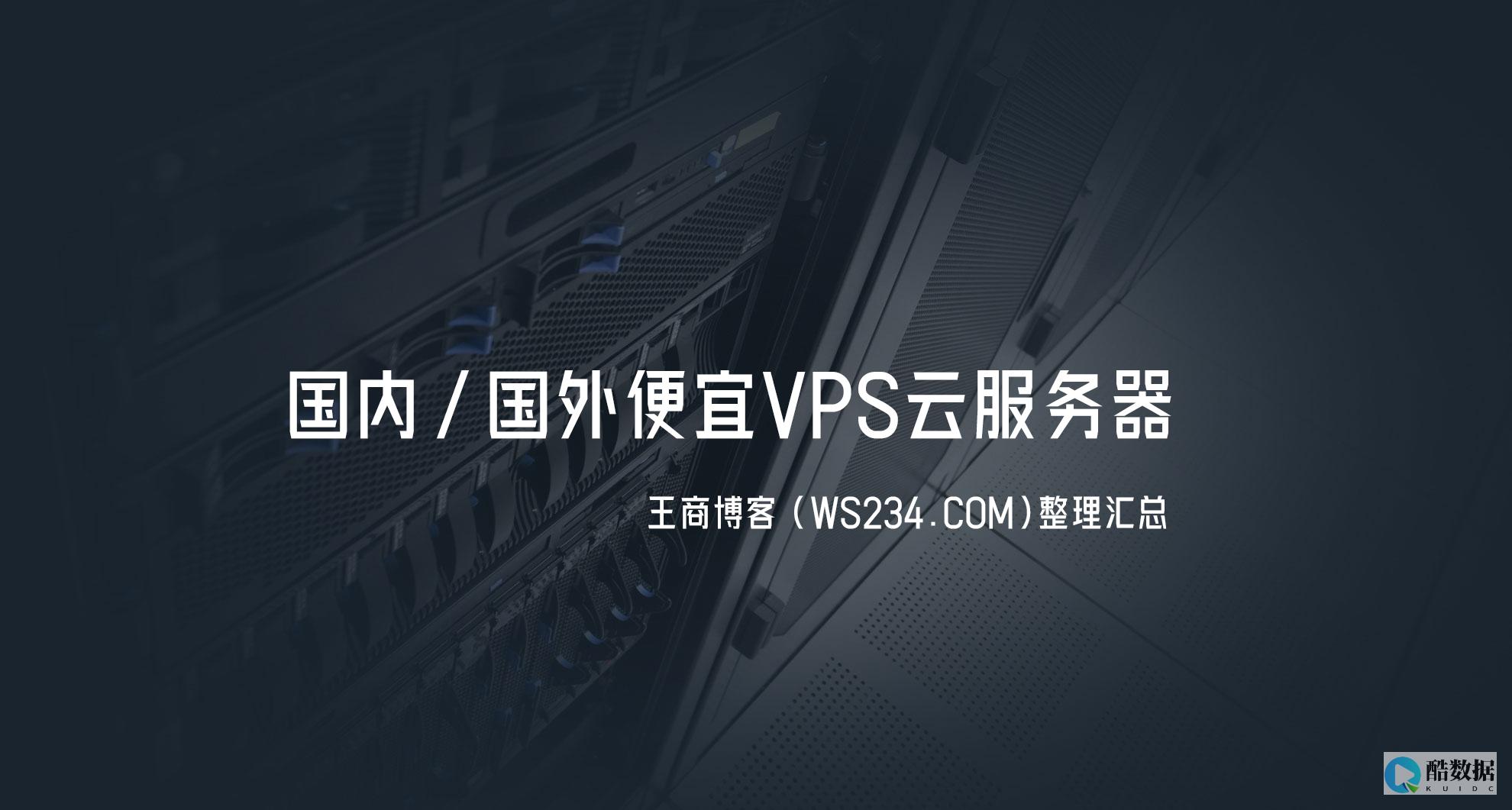
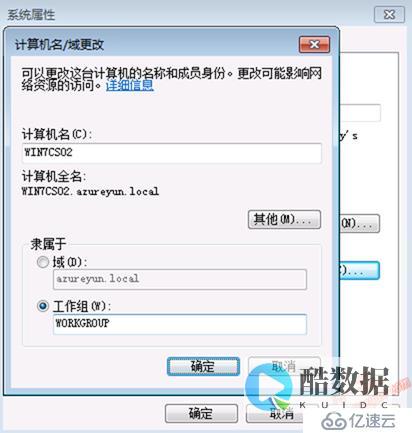
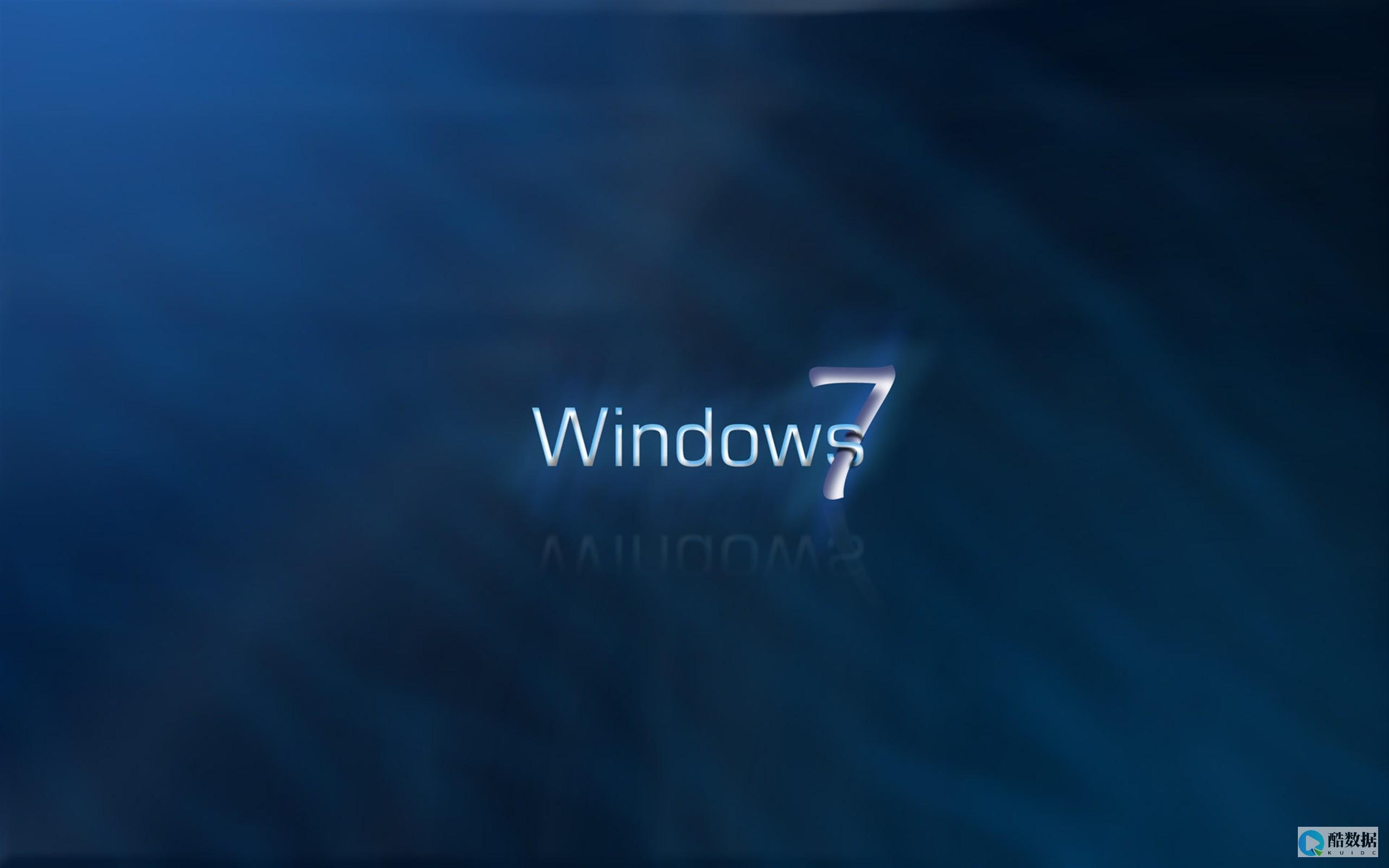
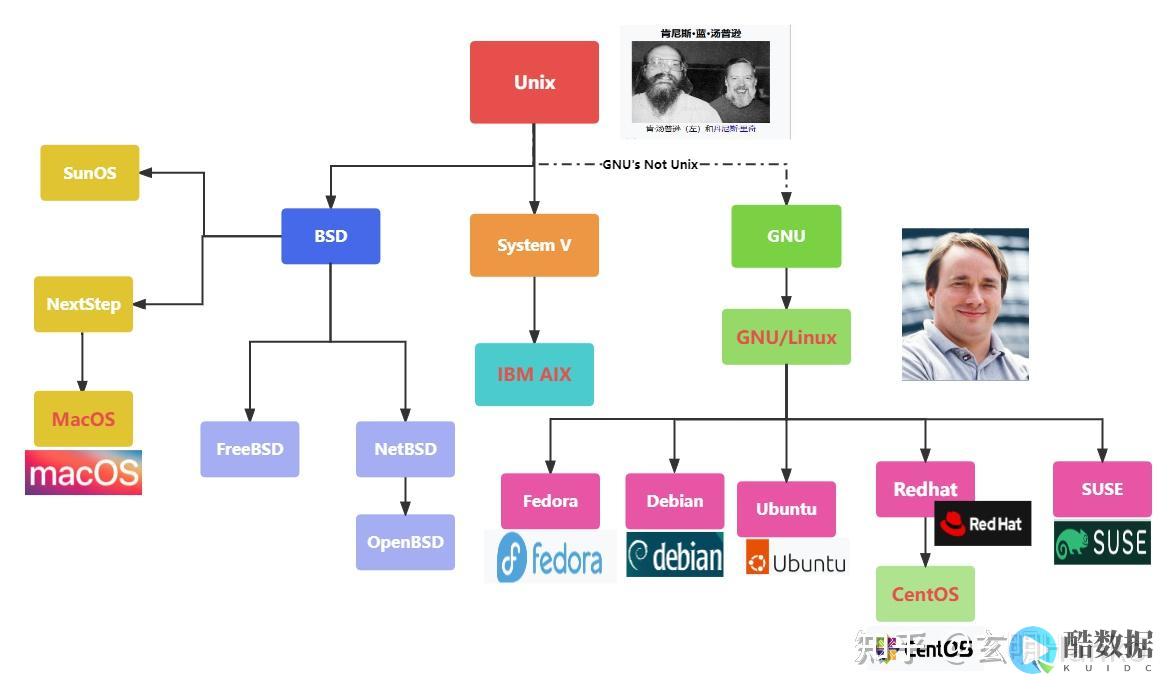
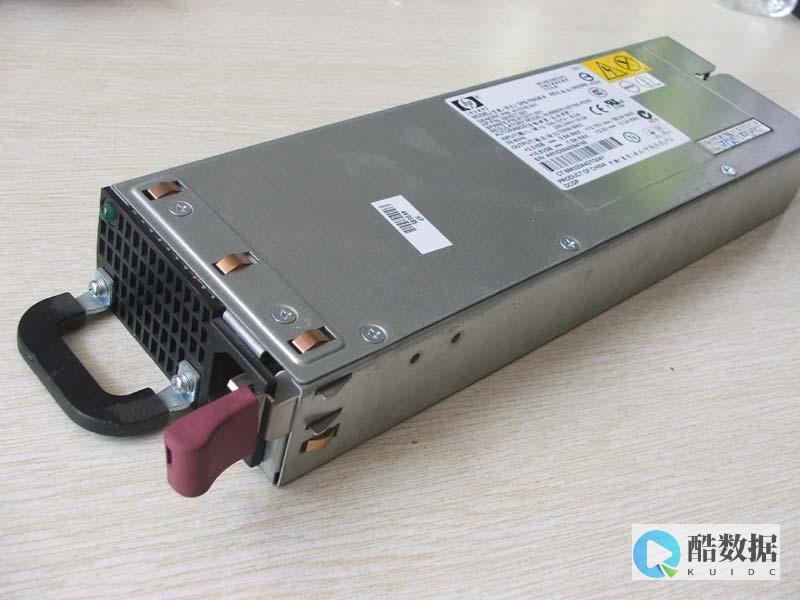



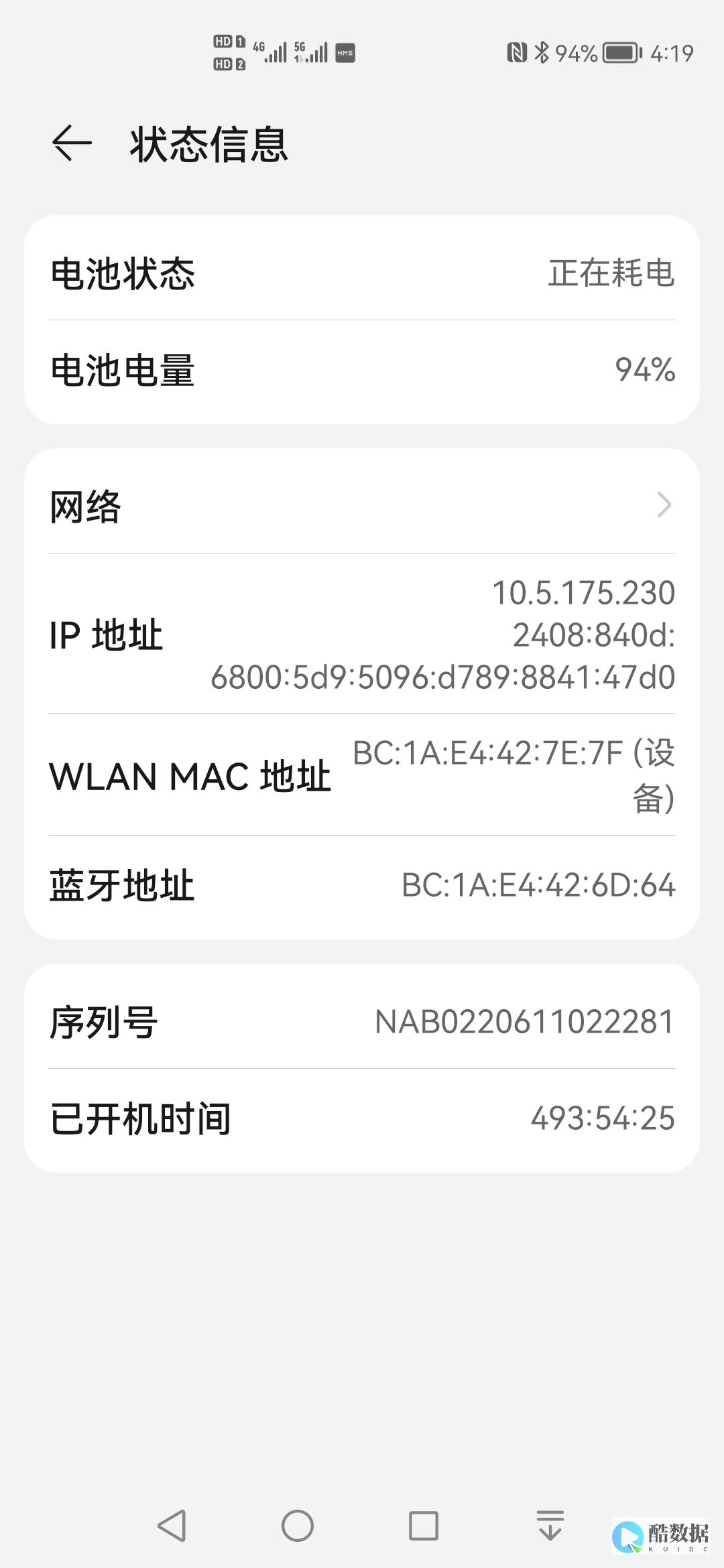
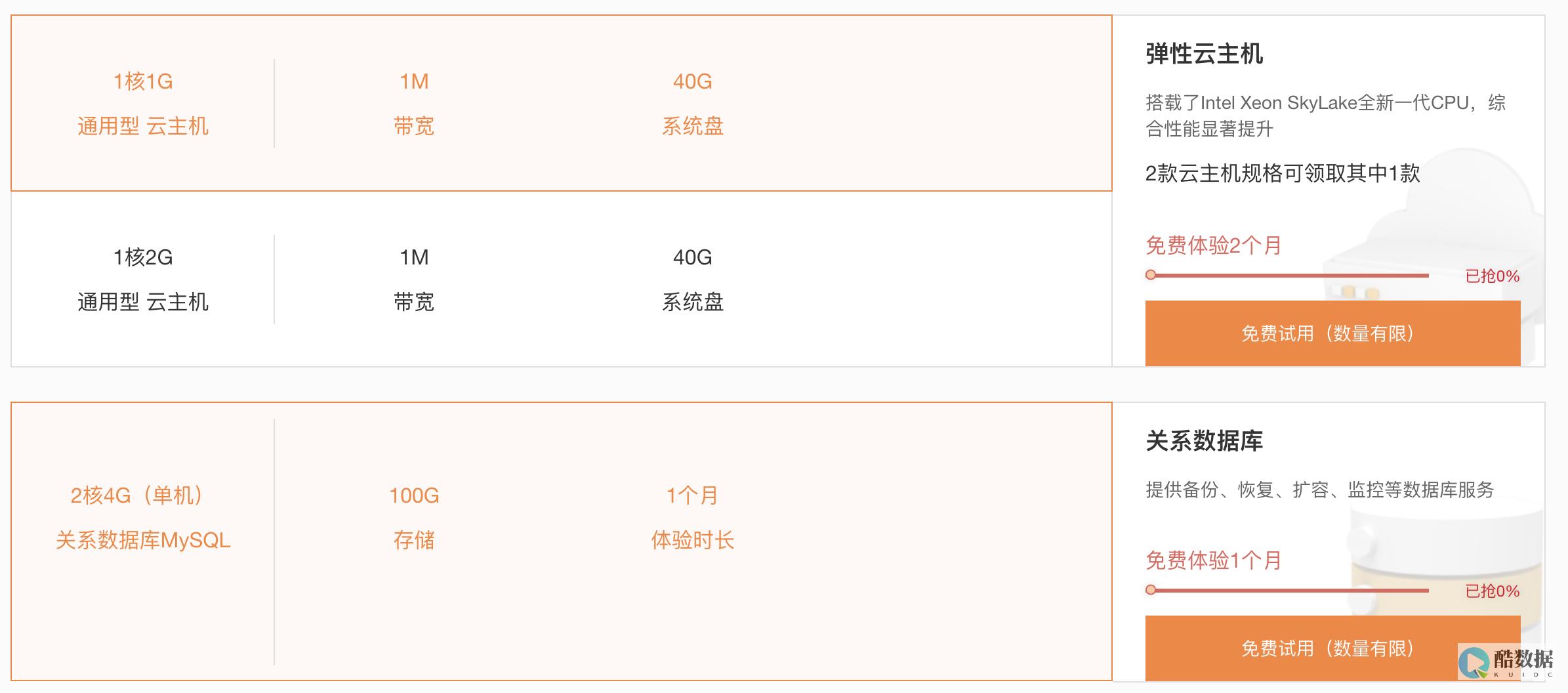
发表评论